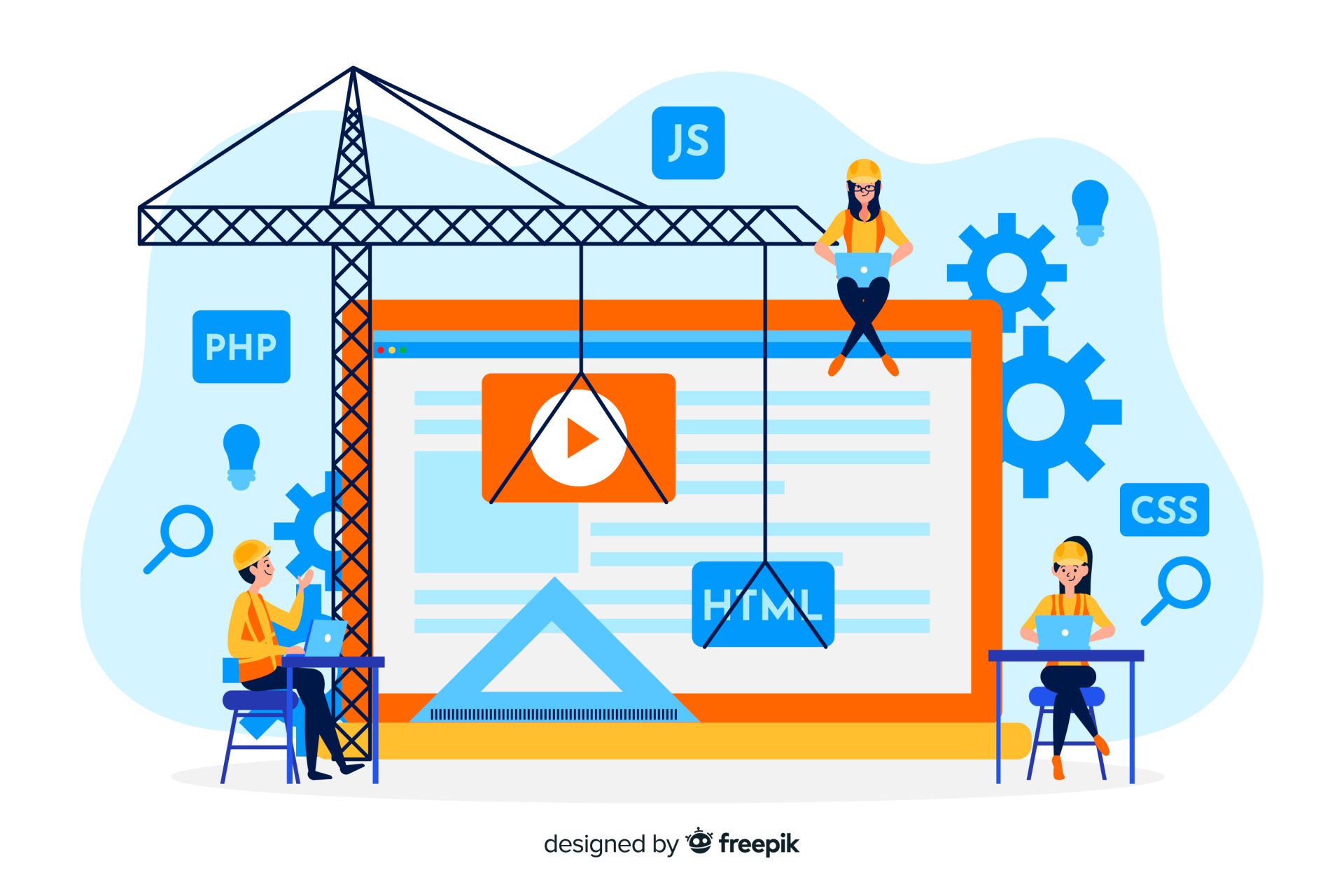How Dedicated Remote Team Model Builds the Next-Generation Website?

Posted on February 6, 2023
Overview.
Your website is more than just an online brochure – it’s the cornerstone of your brand identity, a crucial touchpoint for attracting customers, and a platform for showcasing your innovative spirit. However, crafting a next-generation website that stands out requires a skilled development team that can translate your vision into reality. Here’s where the dedicated remote team model enters the scene, offering a unique approach to building the website of your dreams.
The Power of Dedicated Remote Teams.
The traditional website development model often involves in-house teams working on various projects simultaneously. However, the rise of remote work has opened doors to a new and exciting approach: dedicated remote teams (DRTs).
DRTs are exactly what they sound like – a team of highly skilled developers working exclusively on your project, regardless of their physical location. This unlocks a world of possibilities:
- One of the key advantages of the dedicated remote team model is its ability to harness the collective expertise of remote developers. By hiring developers in India, businesses can tap into a vast pool of highly skilled professionals who offer a diverse range of skills and expertise. Whether you need frontend developers, backend developers, full-stack developers, app developers, or WordPress developers, India is home to a wealth of talent across various technology stacks and domains.
- The Flexibility to Scale Your Team: Another benefit of the dedicated remote team model is its flexibility to scale your team based on project requirements. Whether you need to ramp up your development team to meet tight deadlines or scale back during quieter periods, the dedicated remote team model allows you to adjust your team size quickly and efficiently. This scalability ensures that you have the right resources in place to tackle any project, regardless of its size or complexity.
- Seamless Collaboration and Communication: Despite being geographically dispersed, remote development teams can collaborate seamlessly through digital communication tools and project management platforms. From video conferencing and instant messaging to collaborative document editing and task tracking, these tools enable remote teams to stay connected, share ideas, and coordinate their efforts effectively. As a result, businesses can enjoy the benefits of a cohesive and collaborative team, regardless of their physical location.
- Cost-Effectiveness and Efficiency: One of the most significant advantages of the dedicated remote team model is its cost-effectiveness. By hiring developers in India, businesses can access top-tier talent at a fraction of the cost compared to hiring locally. This cost savings can be significant, especially for startups and small businesses operating on tight budgets. Additionally, remote development teams are often more efficient and productive, thanks to their ability to focus on their work without the distractions of a traditional office environment.
A dedicated remote team allows us to tap into a global pool of talent, ensuring we find the perfect developers to bring our website vision to life.
Building Your Dream Team: Key Considerations
While the DRT model offers undeniable advantages, there are some key factors to consider when building your remote team:
- Skills and Experience: Clearly define the specific skills and experience you need in your developers. Whether it’s expertise in full-stack development, back-end development, or a specific framework, outline your requirements to find the perfect fit.
- Communication and Collaboration: Effective communication is paramount for a successful remote project. Look for developers with excellent communication skills and experience working in remote environments. Utilize project management tools and communication platforms to foster seamless collaboration throughout the development process.
- Cultural Fit: Building a cohesive team goes beyond technical skills. Consider the cultural fit of your potential developers. Look for individuals who align with your company values and can seamlessly integrate into your remote work environment.
The dedicated remote team model involves assembling a team of skilled professionals who work remotely to deliver a specific project or set of tasks. Unlike traditional hiring models where developers are hired on a full-time or part-time basis, the dedicated remote team model allows businesses to access talent from around the world on a flexible basis. This model offers numerous benefits, including cost savings, access to a global talent pool, increased flexibility, and scalability.
Here are some resources to help you find top-tier developers in India:
- Freelance platforms specializing in IT talent
- Staffing agencies focused on remote developers
- Online communities for developers
By carefully considering these factors, you can assemble a dedicated remote team that perfectly complements your project and propels your next-generation website towards success.
Ready to Take the Plunge with a Dedicated Remote Team?
Your website is your prime real estate – it’s the hub of your brand experience, where customers come to learn about you, browse your offerings, and potentially become loyal fans. But crafting a website that truly shines in this competitive space requires a special kind of team: one that can translate your vision into a website that’s both stunning and functional. That’s where the dedicated remote team model comes in, offering a revolutionary approach to building the website of your dreams.
Wrapping-Up.
The dedicated remote team model offers a compelling solution for building a cutting-edge website. By leveraging the global talent pool, achieving cost-effectiveness, and fostering a streamlined development process, you can turn your website vision into reality. So, are you ready to embark on this exciting journey? Start by hiring the developers who will bring your project to life – your next-generation website awaits!



